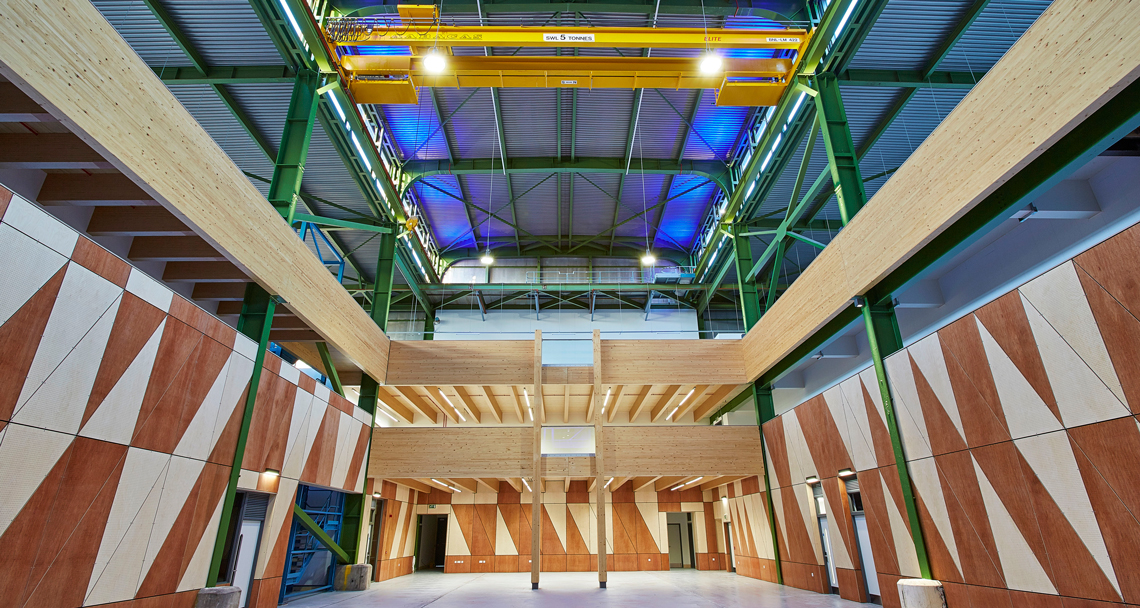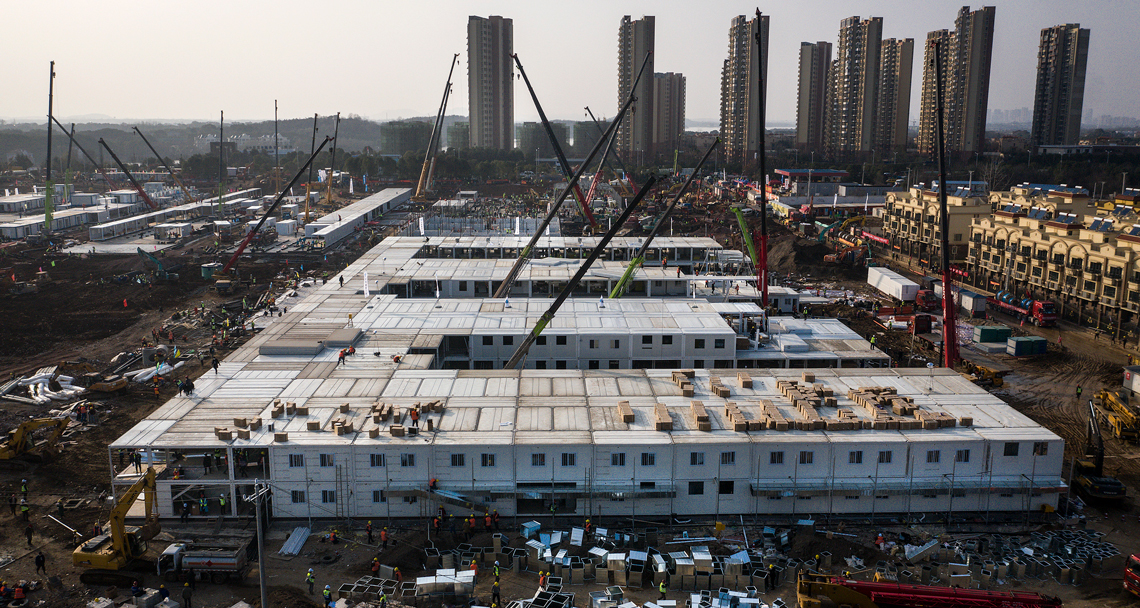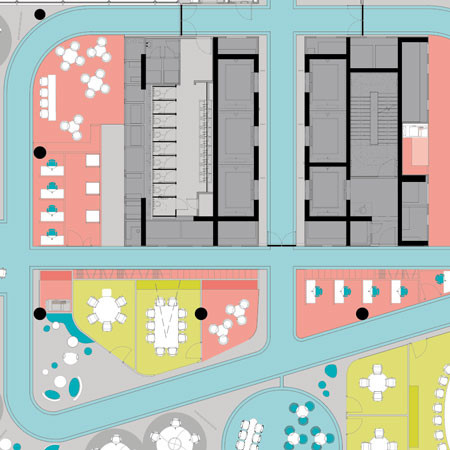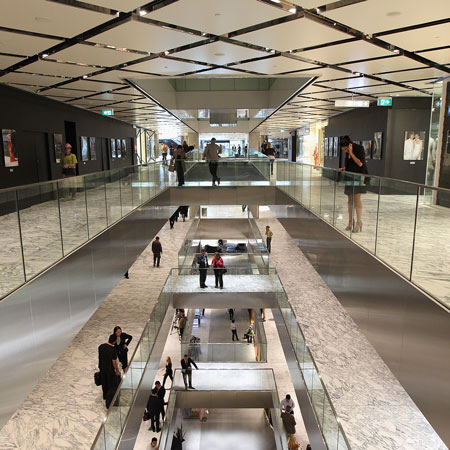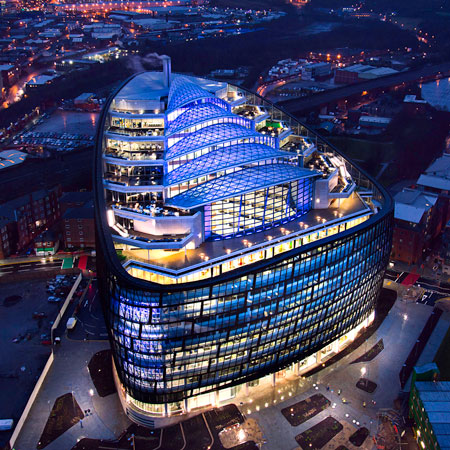In many parts of the world, homes are built the same way today as they were 100 years ago. But change is happening in the shape of modern methods of construction (MMC).
MMC is a broad term that covers a range of offsite manufacturing and onsite techniques that provide alternatives to traditional construction and aim to build homes more quickly and efficiently. Techniques include timber and steel frames, wall panels, volumetric modules or lean construction.
Global leaders: Sweden and Japan
The use of MMC varies significantly from country to country, but the global leaders historically have been Sweden and Japan.
Sweden has the highest penetration rate of MMC, with around 45% of all new homes utilising offsite construction. For single-family homes, it’s close to 80%.
Japan produces the highest number of homes using MMC. Even though only 15-20% of new homes are built using these new methods, it still equates to 150-180,000 homes per annum.
In recent years, Singapore has rapidly expanded the use of MMC and it is estimated that 20-33% of all new homes use offsite techniques.
The case for MMC
Many factors impact the adoption of MMC, but there are three main drivers:
- the cost and availability of labour
- supply shortages
- regulatory or governmental intervention
In many global markets, the cost of adopting MMC is, or at least has been, higher than traditional construction, which reduces the incentive to change. However, labour shortages are driving up construction costs. Adoption of MMC, which improves productivity and reduces onsite labour, offers a potential solution.
The imbalance of supply and demand is a recurring theme globally, despite rising housing delivery in recent years. Increasing MMC, alongside traditional techniques, is one of the ways that this can be tackled.
The need to improve energy efficiency and reduce the environmental impact of housing and house building are further drivers of change. With traditional techniques, it is difficult to achieve high levels of energy efficiency, and studies show substantial material wastage. However, building homes under factory-controlled conditions allows much tighter tolerances to be met, improving energy efficiency and generating significantly less wastage of materials. All of these factors were contributors to growth in MMC in both Sweden and Japan.
Homes built per year using MMC
Source: Source Savills Research using CITB, UC Berkeley Terner Center for Housing Innovation, RICS, Association of German Prefabricated Building Manufacturers, Roland Berger, US Census Bureau, Canadian Manufactured Housing Institute, US Modular Building Institute, Boston Consulting Group, Chinese Department of Energy Conservation, Science & Technology, Singapore Housing & Development Board, McKinsey
Growth markets: Europe
There are a number of countries where the drivers for change are in place to support rapid increase in MMC use. In Europe, we expect the UK to see the strongest growth. The country’s construction workforce is ageing (a quarter are expected to retire in the next decade), annual housing delivery needs to increase by 24% per annum to meet need, and regulatory changes around energy efficiency are on the horizon. These will lead to increased adoption over the next decade and we expect that the proportion of housing built using MMC will rise from around 10% today to closer to 20% by 2030.
Growth markets: the USA
We also expect to see strong growth of MMC in the US, especially on the West Coast. California needs to build 3.5 million homes by 2025, yet the industry is suffering from labour shortages, with more than 400,000 vacant construction jobs. This will result in an explosion of MMC in certain markets, with overall usage likely to increase to close to 10% by 2030.
Growth markets: the Middle East
The Middle East, especially Saudi Arabia and Dubai, is also set for major innovation. Saudi Arabia needs to build 1.5 million homes over the next five to seven years and has signed an agreement with US MMC start-up Katerra to deliver 4,000 homes.
Dubai has introduced regulations that will require 25% of components of all new buildings to be 3D-printed by 2025. This is an ambitious undertaking, with limited existing construction being delivered this way. But Dubai is aiming to be a world leader in 3D-printed construction.
In the short term, the confluence of labour shortages and the need to increase housing supply will be the main drivers for increased adoption of MMC in certain markets, such as the UK and the US. However, over the medium to long term, the need to tackle construction’s environmental impact will force MMC’s adoption globally.
Two hospitals in just 12 days
MMC has helped countries deal with the strain the Covid-19 pandemic has put on their healthcare systems. Speed of construction makes MMC a perfect solution for the delivery of temporary hospitals. This was exemplified by the deliveryof 2,400 beds across two field hospitals in Wuhan, China, in just 12 days.
